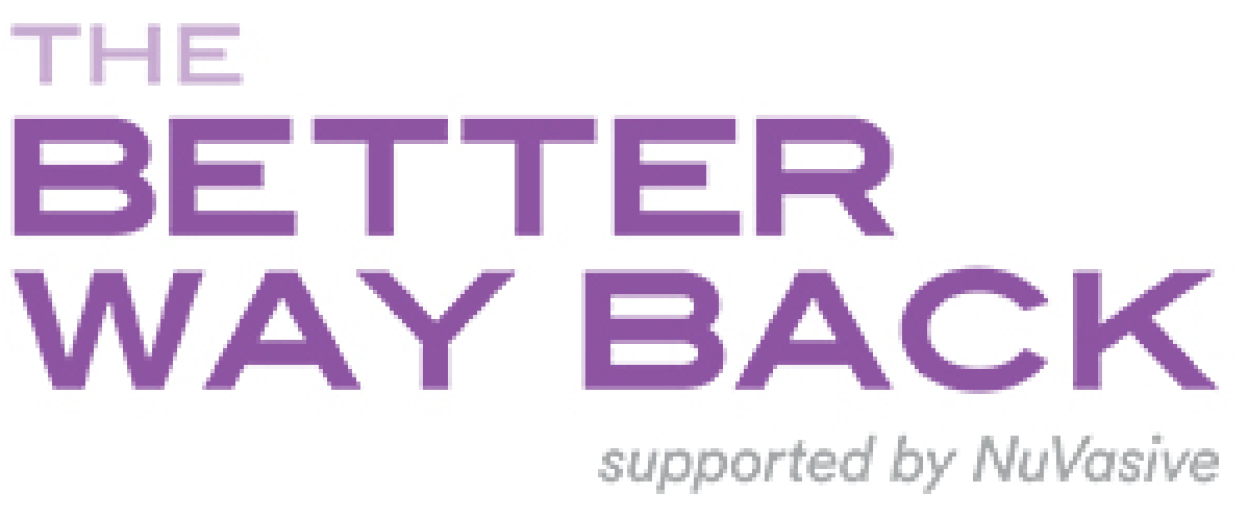You’re at the point where your chronic back pain is negatively impacting your daily life, and you know you need to find a solution. This can be a nerve-racking time, filled with questions and uncertainty both for you and your family.
The good news is you are not alone. Two-thirds of Americans suffer from low back pain issues, and we want to help you be one of the many who find their appropriate path to healing and recovery. (source)
When faced with chronic back pain, your mind may automatically jump to traditional back surgery as the solution, but there are other alternatives that could provide relief prior to considering surgery.
Five alternatives to back surgery to manage chronic back pain (source)
1. Physical therapy (source)
Your physical therapist will work with you both at a passive (ice, heat, massage, and electric stimulation) and active (specific exercises and stretching) level to help build strength, stability, and flexibility.
2. Acupuncture
Acupuncture is the strategic placement of tiny needles in specific muscles and along certain energy meridians in the body. If you’re afraid of needles, don’t worry! Acupuncture needles are a quarter the size of the tip of a sewing needle. Regarded by many as an effective way to help manage low back pain, acupuncture relief can last anywhere from a few hours to a few weeks.
Acupuncture is thought to operate through: (source)
– The release of opioid peptides, which are natural chemicals that have an analgesic effect and help reduce pain.
– Neurotransmitter and neurohormone secretion alterations, which play a role in pain sensation and positively affect the body’s immunity.
– Stimulation of a select set of the 2,000 acupuncture points on the body to start the flow of endorphins, which are the body’s natural painkillers.
3. Yoga or pilates
The combination of gentle stretching and strength building found in yoga and/or pilates is garnering significant attention as a reliable way to provide back pain relief. If you want to give either of these a try, we suggest starting in a studio where you can explain your specific situation to the instructor and be provided with necessary modifications for your particular condition.
4. Massage (source)
Especially used in combination with some of the other therapies, massage can provide the necessary relaxation your muscles need. In one study, as little as one massage a week for ten weeks can result in fewer symptoms, and increase the ability to be more active.
5. Pain specialists
Pain clinics assess your level of pain and loss of function, and then provide a multi-pronged approach. Medication, as well as some combination of the prior four alternatives may be recommended. In addition, epidural steroid injections or nerve blocks are sometimes given in an effort to provide significant pain relief.
You may consider trying these methods in tandem, but be sure to consult with your doctor to determine where to start and how to layer the treatments. You want to see which treatments provide true relief so adding them one by one may be the best plan.
We have additional resources to help you on your information-gathering journey. Check out our Back to Basics page for more.
16-NUVA-0297
